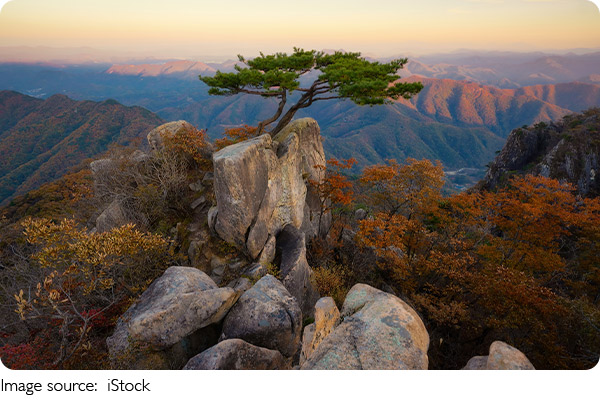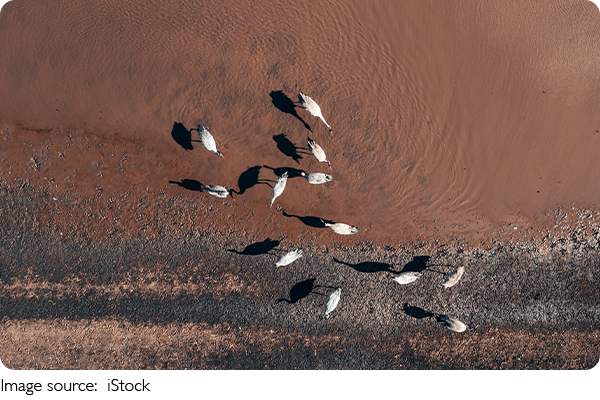Curiosity Starts Here

Have you ever noticed how little kids seem fascinated by the tiniest things? A puddle, an ant, even a cardboard box can keep them busy for ages. That's not just adorable—it's powerful.
We're here to explore why protecting that natural curiosity is one of the most important things we can do for our kids. So Lykkers, let's talk about how nature and play can help us raise confident, curious little explorers.
Curiosity Comes Built-In
We often hear that kids are like blank slates, waiting for us to teach them everything. But the truth is, they already come with amazing abilities—like curiosity, creativity, and focus. These things don't need to be “taught” as much as they need to be left alone to grow naturally. Just like a baby learning to crawl doesn't need a formal class—just space and safety—our kids' curiosity will thrive if we stop interfering too much.
We Don't Need Fancy Lessons
Many parents worry about not giving their kids enough early education. But here's the good news: before school age, kids don't need expensive programs or advanced lessons. What they truly need is space to wonder, time to explore, and freedom to make discoveries in their own way. The more we step back and let them play, the more they'll show us what they're capable of. In fact, sometimes, our job is to stop over-teaching and just protect what's already there.
Nature Is the Best Classroom
Have you ever seen a child completely mesmerized by a leaf, a rock, or the sound of a bird? Nature has a magical way of lighting up their minds. It doesn't need batteries or Wi-Fi—it just works. Author Rachel Carson once said she hoped every child could keep “a sense of wonder” as they grow up. That wonder is key to helping our kids stay motivated, curious, and alive inside, even as life gets busier.
Getting Dirty Is a Good Thing
Let's be real—kids playing with sand or water can get messy. But here's a new way to see it: that mess is where learning happens. When we let our kids dig in the dirt, splash in puddles, or build with sticks, they're not just making a mess—they're discovering how the world works. And they're developing a sense of independence and confidence that no screen or structured class can match.
Open-Ended Play Unlocks Imagination
Forget about toys that beep or talk. What our kids really need are the kind of toys that don't do all the thinking for them. Blocks, puzzles, and dress-up clothes let them create their own stories. And when kids lead the play, their brains are doing some serious work—solving problems, building worlds, and inventing new ideas. Just like the educator Sukhomlinsky said: every person wants to be a discoverer deep down inside.
We Need to Be Protectors, Not Directors
As parents and caregivers, we all want to do the best for our kids. But doing less can actually mean giving more. By creating an environment that supports exploration—safe spaces to play, time outdoors, chances to follow their curiosity—we're setting them up for long-term success. It's not about pushing them to the top of the class. It's about giving them the confidence and curiosity to keep learning on their own, for life.
The Future Belongs to the Curious
When we help our children hold on to their natural wonder, we're giving them more than knowledge—we're giving them the mindset to thrive. A curious child becomes a lifelong learner, a creative thinker, and someone who isn't afraid of the unknown. That's not just helpful in school—it's a superpower for life.

We're in This Together, Lykkers!
So next time your little one wants to chase bugs, build a mud castle, or ask a million questions, take a deep breath and smile. That's curiosity in action—and it's beautiful. Let's protect it, nurture it, and even learn from it ourselves. What's something your child has done that made you pause and say, “Wow, I didn't expect that”? Share it with us—we'd love to hear how curiosity is blooming in your world!

 · Science Team
· Science Team